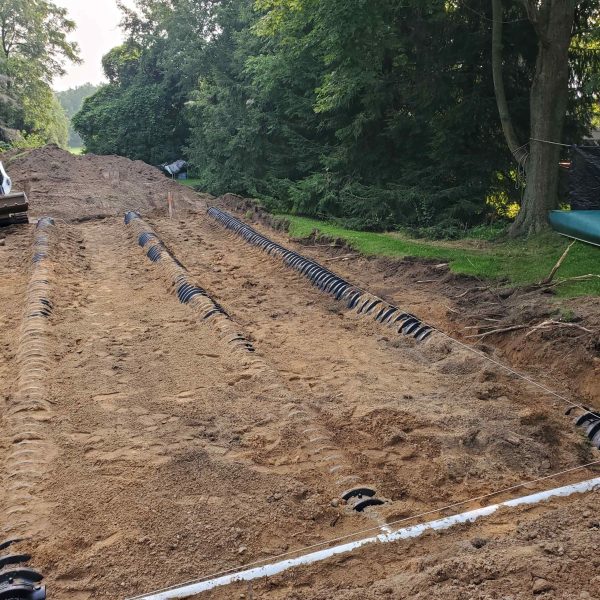Locating your septic bed involves a combination of outdoor observations, consulting records, and sometimes professional assistance. Follow these steps to identify your system’s components accurately and safely.
Locating the Septic Bed
Look for Visual Clues in the Yard:
Search for flat areas with minimal trees or heavy landscaping.
Raised sand beds appear as bumps, while in-ground beds may show thicker, greener grass due to nutrient enrichment.
Older drain fields may exhibit parallel stripes or depressions.
Examples of septic beds in the ground:
Specialized Equipment:
If you cannot locate the bed visually or through records, hire a professional equipped with locating devices and sewer cameras.
Additional Research
Property Records: Review blueprints, building permits, and other documents for septic system details.
Municipality Records: Your local municipality may have historical records or building permits that provide helpful information.
Ask Neighbors: Long-time residents in your area may know the general location of your septic system.
Locating your septic system is critical for maintenance and compliance with Part 8 of the Ontario Building Code, which regulates on-site sewage systems. If you’re unable to locate your system or require assistance, contact a professional to ensure proper handling and servicing.

















